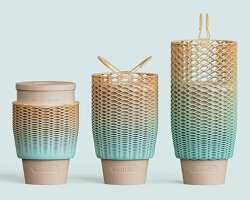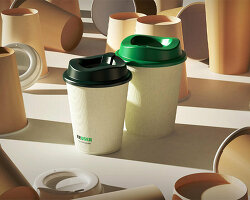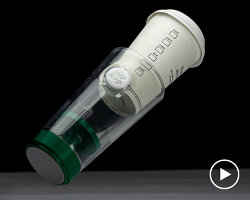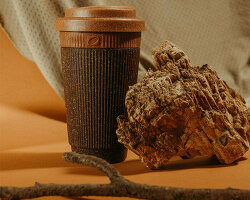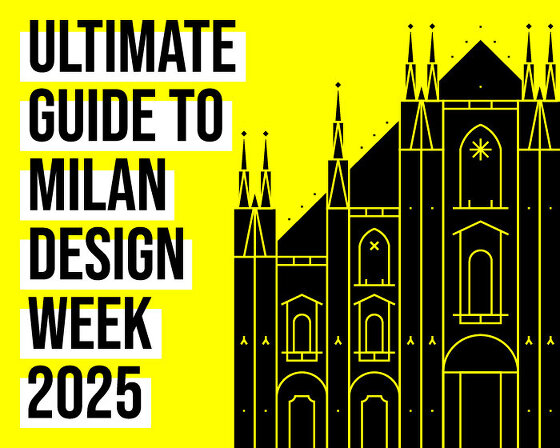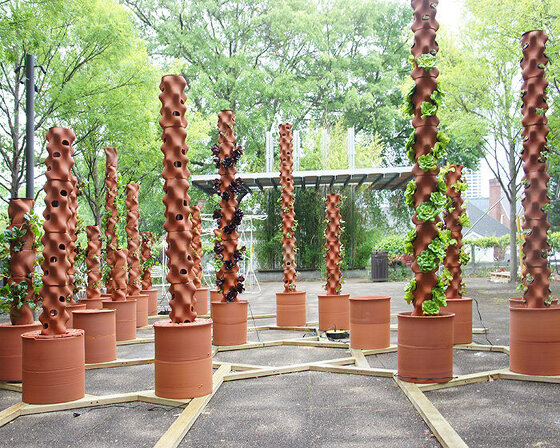c8- h10- n4- o2 by gilad davidi photos by sasha filt all images courtesy shenkar college of engineering and design, ramat gan
under the supervision of alex padwa and david spectre, students at the shenkar college of engineering and design, ramat gan were encouraged to look closely at the various daily coffee rituals and consumptions for their coffee culture project. here are a few images of the works they developed.
 c8- h10- n4- o2 by gilad davidi
c8- h10- n4- o2 by gilad davidi
c8-h10- n4-o2 glass coffee cups consist of inner structures that are influenced by molecule shapes, liquids, geometrical shapes and more. when the coffee is poured into the glass a contrast between the translucent exterior and coffee is visible.
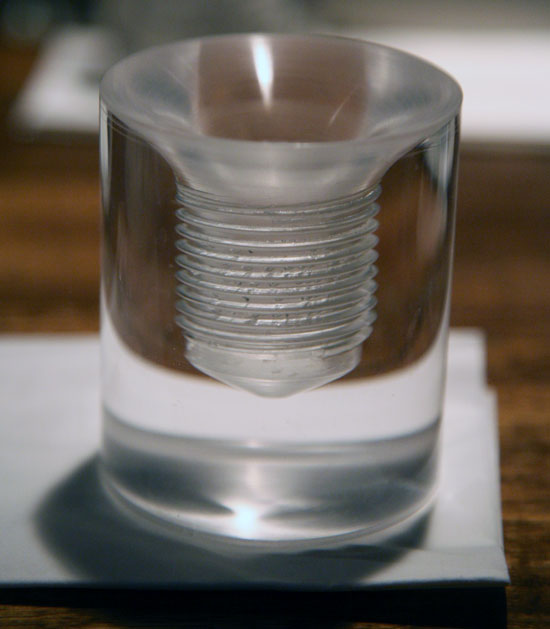 c8- h10- n4- o2 by gilad davidi
c8- h10- n4- o2 by gilad davidi
 c8- h10- n4- o2 by gilad davidi
c8- h10- n4- o2 by gilad davidi
 tea= time by erez bar am
tea= time by erez bar am
the cup is made of porcelain and has a broad opening and a coaster made from stainless steel. the sugar has been designed to float and disintegrate slowly to make us take our time.
 tea= time by erez bar am
tea= time by erez bar am
 tea= time – sugar by erez bar am
tea= time – sugar by erez bar am
 espresso cup by nir siegel
espresso cup by nir siegel
the three legged espresso cups can be connected to each other.
 espresso cup by nir siegel
espresso cup by nir siegel
 coffee cup by guy yehonatan
coffee cup by guy yehonatan
 ‘threesome’ by ron from
‘threesome’ by ron from
the cups connect with inner grooves and create a whole shape (all cups are identical).
 espresso cups
espresso cups
 ‘audrey’ by evgeny onutchin
‘audrey’ by evgeny onutchin
espresso set consisting of cup, coaster and spoon.
 espresso and cappuccino cups by lee casper
espresso and cappuccino cups by lee casper
the cups stay in exact standard size and with minor but significant change in shape the cup becomes an integrative instrument fusing with the hand due to the cups upper edge slanted supportive area.
 espresso and cappuccino cups by lee casper
espresso and cappuccino cups by lee casper
 ‘cubi cup’ by michal zohar
‘cubi cup’ by michal zohar
the mug is cubic and has an inner cylindrical shape. the square shape also assists in isolating the heat.
 ‘cubi cup’ by michal zohar
‘cubi cup’ by michal zohar
 ‘roller coaster’ by etay amir
‘roller coaster’ by etay amir
 cofi by oron ohayon
cofi by oron ohayon



